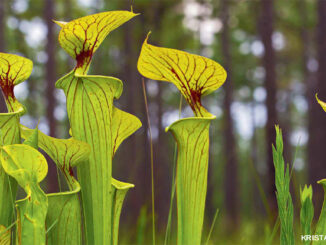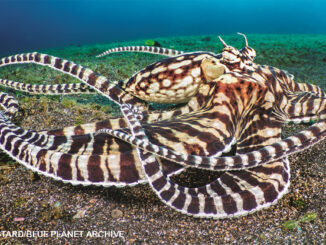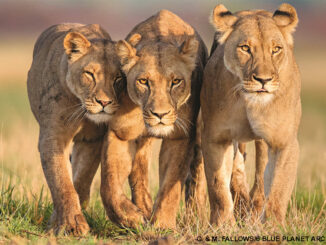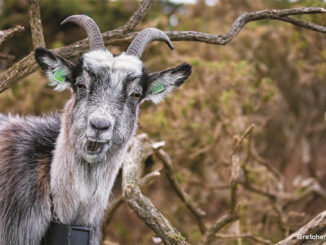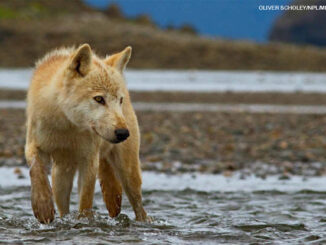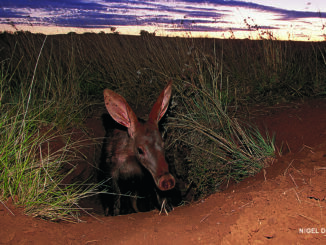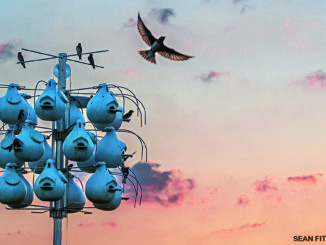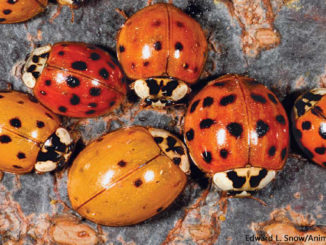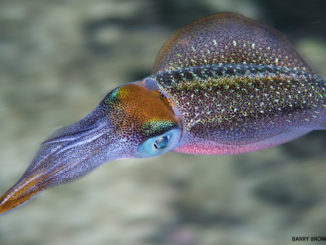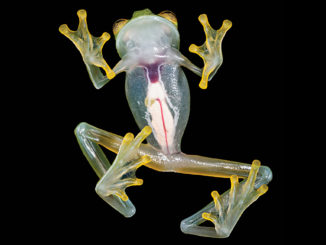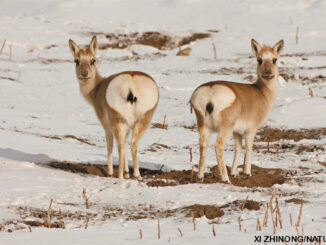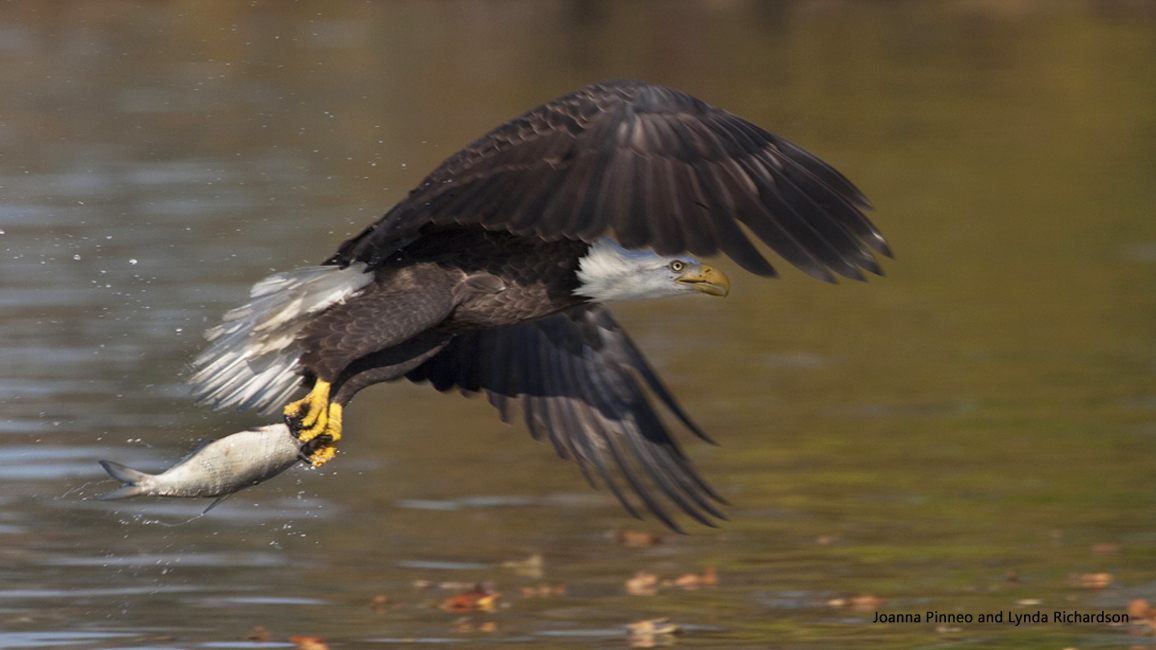
All Eyes on Eagles
By Hannah Schardt; Photos by Joanna Pinneo and Lynda RichardsonWhat’s that up in the sky? Superman? Nope, it’s something even more awesome—our bold, beautiful national bird!
It’s a cool, misty May day on Virginia’s James River. A pontoon boat full of lucky kids—and a few grownups—moves slowly through the quiet water. Suddenly, a big, dark shape takes off from a nearby tree. A quick look through binoculars reveals a bright white head and a chocolate-brown body. It’s a bald eagle!
Only 43 years ago, not a single bald eagle lived in this part of Virginia. In fact, bald eagles were at risk of disappearing altogether from the lower 48 states. Some eagles were killed by farmers who feared the birds might eat their livestock. And a widely used chemical called DDT made the eagles’ eggshells thin. Many eggs broke before the chicks inside were ready to hatch.
So the U.S. government started protecting bald eagles. In 1972, the government banned the use of DDT on farms. Since then, bald eagle populations across the country have grown and grown. Now 250 eagle pairs live in the area around the James River. And that makes it a perfect place for an eagle-watching trip!
Eagle ahoy! Lynda Richardson, who took the eagle photos in this story, points out one of the birds to Caroline (above, far left) and Katie as the group cruises down the James River.
A bald eagle leaps from its riverside perch to chase down a meal (top right).
What a beak! Katie gets an up-close look at a life-sized model of a bald eagle skull (middle right).
A “cheat sheet” helps people identify eagles, vultures, and other birds in flight (bottom right).
From the deck of the pontoon boat, the kids and their guides scan the shores for tall trees. When an eagle isn’t flying, it’s usually perched in the tallest tree around, watching out for food or threats.
Most bald eagles live within an easy fly of a river, lake, or stream. (Waterfront property is important when fish is your favorite food!) So when kids wanted to get as close as possible to wild eagles, they headed out on the boat.
At first, telling one bird of prey from another can be tricky. But soon the kids learn to look for a white head and tail—plus the broad, squared-off wings and steady flight pattern that are sure signs of a bald eagle. After that, all they need are eagle eyes—or a good pair of binoculars!
A model of a bald eagle’s foot shows just how long—and sharp—the bird’s talons are (top left).
An eagle pair keeps an eye out for intruders—or a meal (top).
With a swoop and a grab, a hungry eagle snags a fish from the James River (bottom left).
SMILE—YOU’RE ON EAGLE CAM!
Wish YOU could get an up-close look at eagle family life? You’re in luck! Many conservation groups run online bald eagle “nest cams”—special video cameras that film active nests around the clock. Here are a few to check out.
Juneau, Alaska
An eagle pair has nested on the grounds of a plant nursery and garden here since 2004. In the colder Alaskan climate, their eaglets hatch in early summer and stick around until September. glaciergardens.com/eaglecam
Decorah, Iowa
The pair known as Mom and Dad are eagle superstars! Millions of people have tuned in to watch them raise their eaglets over the past 10 years. raptorresource.org/birdcams/decorah-eagles
Northeastern Florida
This pair, Romeo and Juliet, nest near the coast, 80 feet high in a longleaf pine tree. Their newest chicks, named Spirit and Sky, hatched in December of last year. nefleaglecam.org
Washington, D.C.
The capital city is home to two eagle cams. High up in an oak tree at the Metropolitan Police Academy, a pair named Liberty and Justice have raised chicks for 11 years. eaglecam.org
Another pair, Mr. President and First Lady, reign over a hillside azalea garden in the National Arboretum. dceaglecam.org
Rangers: Bald eagles in different places nest at different times of the year. So, if you tune in to one nest cam and find the nest empty or the camera turned off, try a different one. –R.R.




